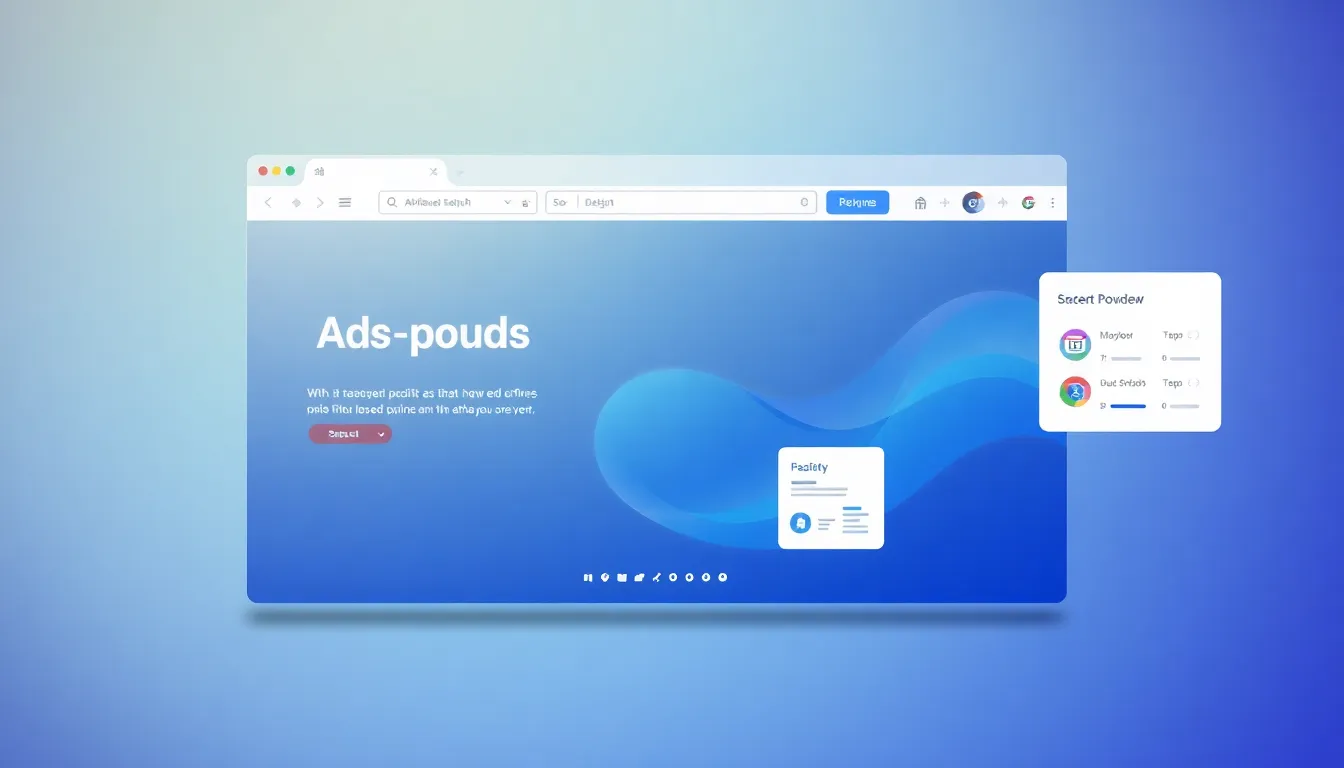理解 line電腦版官方下載
什麼是 line電腦版官方下載?
line電腦版官方下載是一款多功能的通信工具,專為在桌面環境中提供便捷的即時通訊服務而設計。這款應用程序不僅支持文字消息、語音通話和視頻通話,還允許用戶發送照片、視頻和其他檔案。line電腦版的推出使得用戶能夠在不影響移動設備使用的情況下,繼續與親友和同事保持聯繫。
使用 line電腦版官方下載的優勢
line電腦版官方下載擁有多項優勢,使其成為企業和個人用戶的首選:
- 高效的多任務處理:用戶可以在工作時仍然接收和發送消息,沒有任何干擾。
- 更大的顯示屏:相較於手機,電腦的屏幕更大,方便用戶查看聊天記錄和共享多媒體內容。
- 更方便的鍵盤輸入:對於需要頻繁文字交流的用戶,鍵盤輸入提供了更快的打字體驗。
- 跨平台使用:支持 Windows 和 Mac 系統的用戶能夠隨意切換設備,在不同平台之間保持聯繫。
安裝的系統要求
在下載和安裝 line電腦版之前,用戶需要確保其設備符合以下系統要求:
- 操作系統:支持 Windows 10 以上版本或 Mac OS X 10.11 及以上版本。
- 處理器:至少 1 GHz 的處理器。
- 內存:至少 2 GB 的 RAM。
- 網絡:穩定的互聯網連接以支持即時通訊和多媒體傳輸。
如何下載 line電腦版官方下載
下載步驟指南
下載 line電腦版官方下載的過程相對簡單,請按照以下步驟操作:
- 訪問 line電腦版官方下載 的網站。
- 找到下載鏈接,根據您的操作系統選擇相應版本。
- 點擊下載按鈕,下載完成後運行安裝程序。
選擇正確的版本
在下載過程中,選擇正確的版本至關重要。根據您的操作系統(Windows或Mac)選擇相應的版本,並確保下載最新的穩定版,以獲得最佳性能和功能。
下載過程中常見問題及解決方案
在下載 line電腦版時,您可能會遇到一些常見問題:
- 下載速度慢:檢查您的網絡連接,或考慮在不同的時間重試。
- 無法下載安裝程序:確保您的瀏覽器未阻止下載,並清除緩存後再試。
- 出現錯誤信息:如果出現錯誤,檢查系統要求並確保您的設備滿足這些要求。
安裝 line電腦版官方下載
安裝過程說明
安裝 line電腦版並不複雜,請按照以下步驟操作:
- 下載完成後,雙擊安裝程序。
- 根據提示選擇安裝路徑,通常可以使用默認的安裝路徑。
- 接受使用條款並進行安裝,等待安裝完成。
配置您的設置
安裝完成後,用戶可以打開應用程序並根據自己的需求配置設置,包括通知聲音、主題和帳戶連結等。這有助於提升使用者體驗,使其更加符合個人需求。
安裝錯誤的故障排除
若在安裝過程中遇到錯誤,以下是一些常見的故障排除步驟:
- 安裝程序未啟動:檢查系統要求,確認您的操作系統版本符合要求。
- 安裝過程中斷:重新啟動電腦並再次嘗試安裝。
- 缺少某些檔案:確保安裝程序完整,亦可考慮重新下載安裝包。
有效使用 line電腦版官方下載
line電腦版的主要功能
line電腦版提供了一系列實用功能,以提升用戶效率:
- 即時消息:支持一對一和群組聊天。
- 語音和視頻通話:支持高清語音和視頻通話。
- 多媒體分享:快速發送照片和視頻。
- 貼圖商店:提供豐富的貼圖資源,讓聊天更加生動有趣。
自定義選項以增強您的體驗
line電腦版支持多種自定義選項,讓用戶可以根據自身喜好調整界面和操作方式:
- 變更聊天背景:設定個性化的背景,使聊天環境更加舒適。
- 設置通知偏好:自定義哪些聊天訊息會通知,以增強專注度。
- 使用快捷鍵:熟悉各種快捷鍵以便快速操作,提升工作效率。
將 line 與其他工具整合
line電腦版也可以與其他應用程式整合,提高工作效率:
- 日曆集成:整合日曆,方便管理會議和重要事件。
- 文件管理雲:將雲端服務與line連結,可方便地共享文件。
- 任務管理應用:配合任務管理工具使用,有助於團隊協作。
維護 line電腦版官方下載
定期更新軟體
定期檢查並更新 line電腦版,以確保擁有最新的功能和安全性。開啟自動更新選項可減少手動檢查的麻煩,保持應用程式的流暢運作。
性能優化的基本技巧
提升 line電腦版的性能可以通過以下幾個方面進行:
- 關閉不必要的應用程式和窗口,以釋放系統資源。
- 清理聊天記錄,減少應用程式數據負擔。
- 定期重啟應用程式,提高運行效率。
line電腦版用戶的安全最佳實踐
安全始終是使用任何線上應用的首要考量,以下是 line電腦版用戶需要遵循的安全措施:
- 使用強密碼並定期更換。
- 避免在公共Wi-Fi網絡上進行敏感操作,例如錢包交易或傳輸個人信息。
- 啟用雙重身份驗證,增強賬戶安全性。








